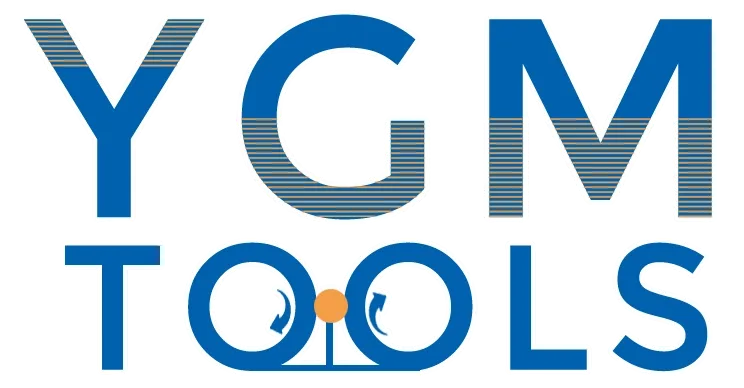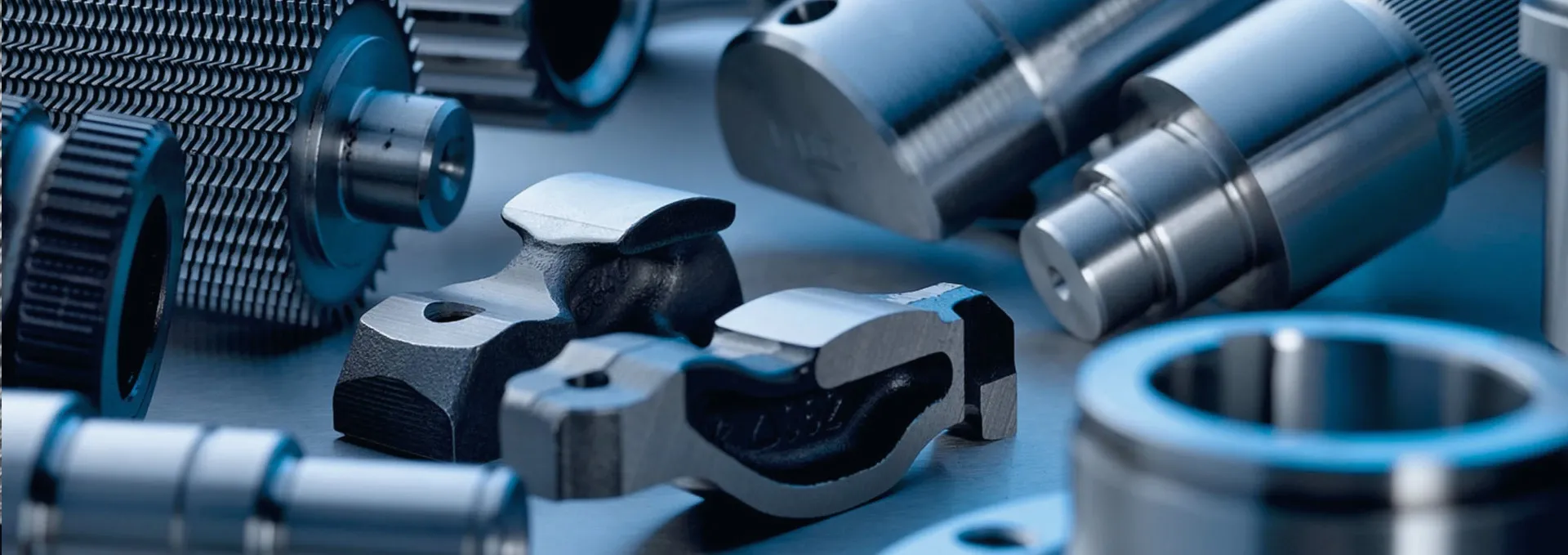
-
 Afrikaans
Afrikaans -
 Albanian
Albanian -
 Amharic
Amharic -
 Arabic
Arabic -
 Armenian
Armenian -
 Azerbaijani
Azerbaijani -
 Basque
Basque -
 Belarusian
Belarusian -
 Bengali
Bengali -
 Bosnian
Bosnian -
 Bulgarian
Bulgarian -
 Catalan
Catalan -
 Cebuano
Cebuano -
 Corsican
Corsican -
 Croatian
Croatian -
 Czech
Czech -
 Danish
Danish -
 Dutch
Dutch -
 English
English -
 Esperanto
Esperanto -
 Estonian
Estonian -
 Finnish
Finnish -
 French
French -
 Frisian
Frisian -
 Galician
Galician -
 Georgian
Georgian -
 German
German -
 Greek
Greek -
 Gujarati
Gujarati -
 Haitian Creole
Haitian Creole -
 hausa
hausa -
 hawaiian
hawaiian -
 Hebrew
Hebrew -
 Hindi
Hindi -
 Miao
Miao -
 Hungarian
Hungarian -
 Icelandic
Icelandic -
 igbo
igbo -
 Indonesian
Indonesian -
 irish
irish -
 Italian
Italian -
 Japanese
Japanese -
 Javanese
Javanese -
 Kannada
Kannada -
 kazakh
kazakh -
 Khmer
Khmer -
 Rwandese
Rwandese -
 Korean
Korean -
 Kurdish
Kurdish -
 Kyrgyz
Kyrgyz -
 Lao
Lao -
 Latin
Latin -
 Latvian
Latvian -
 Lithuanian
Lithuanian -
 Luxembourgish
Luxembourgish -
 Macedonian
Macedonian -
 Malgashi
Malgashi -
 Malay
Malay -
 Malayalam
Malayalam -
 Maltese
Maltese -
 Maori
Maori -
 Marathi
Marathi -
 Mongolian
Mongolian -
 Myanmar
Myanmar -
 Nepali
Nepali -
 Norwegian
Norwegian -
 Norwegian
Norwegian -
 Occitan
Occitan -
 Pashto
Pashto -
 Persian
Persian -
 Polish
Polish -
 Portuguese
Portuguese -
 Punjabi
Punjabi -
 Romanian
Romanian -
 Russian
Russian -
 Samoan
Samoan -
 Scottish Gaelic
Scottish Gaelic -
 Serbian
Serbian -
 Sesotho
Sesotho -
 Shona
Shona -
 Sindhi
Sindhi -
 Sinhala
Sinhala -
 Slovak
Slovak -
 Slovenian
Slovenian -
 Somali
Somali -
 Spanish
Spanish -
 Sundanese
Sundanese -
 Swahili
Swahili -
 Swedish
Swedish -
 Tagalog
Tagalog -
 Tajik
Tajik -
 Tamil
Tamil -
 Tatar
Tatar -
 Telugu
Telugu -
 Thai
Thai -
 Turkish
Turkish -
 Turkmen
Turkmen -
 Ukrainian
Ukrainian -
 Urdu
Urdu -
 Uighur
Uighur -
 Uzbek
Uzbek -
 Vietnamese
Vietnamese -
 Welsh
Welsh -
 Bantu
Bantu -
 Yiddish
Yiddish -
 Yoruba
Yoruba -
 Zulu
Zulu
Optimizing Thread Rolling Machine Setup for Enhanced Factory Efficiency and Production Quality
Setting Up a Thread Rolling Machine in a Factory
Thread rolling is a significant manufacturing process used to create threads on cylindrical metal parts, offering superior strength and precision compared to traditional cutting methods. For factories that employ this technology, setting up a thread rolling machine properly is crucial to ensure efficiency, product quality, and worker safety. In this article, we will explore the essential steps and considerations involved in setting up a thread rolling machine in a factory setting.
Understanding the Thread Rolling Process
Thread rolling involves the plastic deformation of material to produce external threads. The process utilizes two or more rotating dies that compress the surface of the workpiece, forming threads through shear forces. This method enhances the mechanical properties of the material, resulting in a denser, stronger, and more uniform threaded surface. Given the advantages thread rolling presents, proper setup of the machinery is paramount.
Preparation for Setup
Before setting up the thread rolling machine, factory managers must ensure that the work area is adequately prepared. This involves
1. Choosing the Right Location The machine should be placed on a solid, level foundation to prevent vibrations that can affect the precision of the threading process. There should also be enough space around the machine for operators to work safely and efficiently.
2. Safety Considerations Implementing safety protocols is essential. This includes installing proper guards, ensuring emergency stop buttons are accessible, and providing personal protective equipment (PPE) for operators.
3. Power Supply and Utilities Ensure that the machine has access to an appropriate power source, and that any necessary hydraulic or lubrication systems are in place. Inspect all utilities for leaks or malfunctioning components.
Setting Up the Machine
Once the area is prepared, the next step involves the physical setup of the thread rolling machine
1. Installing the Dies The most critical aspect of the setup is the installation of the thread rolling dies. Ensure that the dies are appropriate for the thread specifications required. Align them carefully according to the manufacturer's guidelines, as improper alignment can lead to uneven threads and equipment damage.
2. Adjusting Settings Set the parameters such as speed, pressure, and roll angle based on the material and thread type. Consult the machine's manual for optimal settings to maximize efficiency while maintaining quality.
thread rolling machine setup factory

3. Feeding Mechanism Ensure that the feeding mechanism is properly calibrated to handle the specific workpiece dimensions. A consistent feed rate is crucial for producing uniform threads.
4. Testing Before starting full production, conduct test runs with sample materials. This helps to assess the machine’s performance and thread quality. Measure the dimensions and surface finish of the threads to ensure that they meet the required specifications.
Training Operators
Another essential aspect of setting up a thread rolling machine is ensuring that operators are adequately trained. Operators should understand
- The threading process and how the machine works. - Safe operation practices, including how to handle the machine in emergency situations. - The importance of monitoring product quality and making adjustments as needed.
Providing ongoing training and updates on best practices can significantly enhance productivity and safety.
Maintenance and Troubleshooting
Regular maintenance of the thread rolling machine is crucial to its longevity and performance. This includes
- Routine inspections of the machine's components for wear and tear. - Regular lubrication of moving parts to reduce friction. - Keeping the workspace clean to prevent contamination.
Operators should also be trained to identify potential issues early, allowing for prompt troubleshooting and minimizing downtime.
Conclusion
In conclusion, setting up a thread rolling machine in a factory requires careful planning and execution. From preparing the workspace and installing the machine components to training operators and ensuring quality control, each step is vital for achieving optimal production results. By investing time and resources into an efficient setup, factories can leverage the advantages of thread rolling technology, leading to high-quality products and increased operational efficiency.
